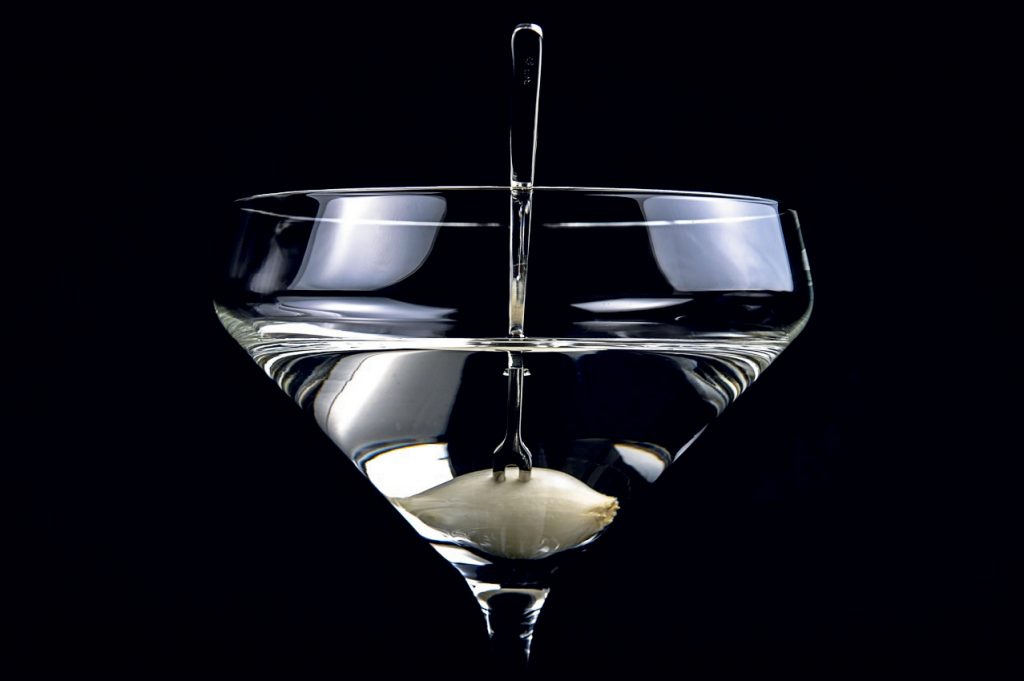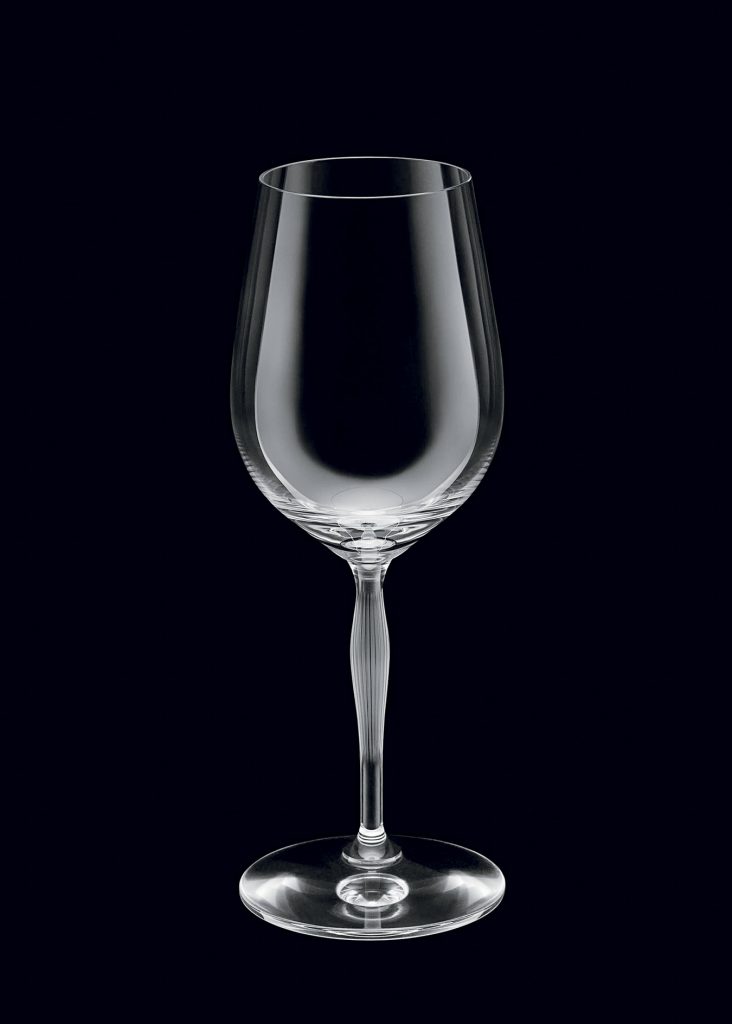Glass-blowing can be approximately dated back to the time of the Phoenicians. The art of fine glass, including mouth-blown fine crystal glasses, or stemware, really began with the artisans of Murano, Italy, in the 15th century. Over time, fine glassware was adequately made by machine, but to this day nothing quite compares to a mouth-blown glass, which can take up to 20 people over a period of four days to create.
The well-known Riedel glass company—most famously known for both its outsized balloon glasses and its almost bewildering array of different shapes and sizes to accommodate specific types of wines and spirits, now numbering in excess of 150—makes both machine-made and mouth-blown stems. They are nearly ubiquitous in the world of fine dining restaurants, and the only proviso, other than taking care to prevent breakage, is to not overfill the glass. A common rookie mistake is to think that filling a glass one-third to halfway is an acceptable pour, but in fact, if the bowl is 22 ounces, that could mean you are pouring nearly half a bottle of wine into each glass.
John Atkinson at Atkinson’s of Vancouver has some insightful things to say about stemware: “We often gently remind people that a bowl of 20 or more ounces must be approached with caution when pouring.” That being said, what about the pure pleasure of drinking from fine stemware? “Well, there are really two factors. One is a glass that is used solely for the pleasure of drinking. Those tend to be elegant but simple. A great example, one of my favourites, is the Lalique 100 Points tasting glass. That, and the Baccarat Perfection. So simple, but beautiful, and a total pleasure to drink from.”
Danny Atkinson agrees, and adds, “The other factor is the spectacular table setting. Brands like Waterford and Rosenthal can adorn a table nicely. But then you can get into something like the Harcourt series from Baccarat, which is basically unchanged from when it was introduced in the 1820s. Or the Tommy series from Saint-Louis.” He shows the glasses, all ornate cut glass with multiple facets, not unlike a diamond cut. There are plenty of other examples nearby, including glasses that are coloured—not ideal for hard-core wine tasting, but certainly a striking element at a formal table setting. And glasses that are “cased”, in which an outer shell of coloured crystal encases the basic glass and is then hand-cut to reveal the final product, a visually stunning, partially coloured gem for the table.
John Atkinson again: “You really need three glasses at a table setting: water, red wine, white wine. But the most important thing here is the three glasses need to be of different heights. Hand-feel, balance, the smoothness and fineness of the rim, these are all part of the true pleasure of fine stemware.” He pauses, and as Danny nods in approval, he concludes, “A fine stem should provide enjoyment every time to sip from it.”
Photos courtesy of Atkinson’s of Vancouver.










